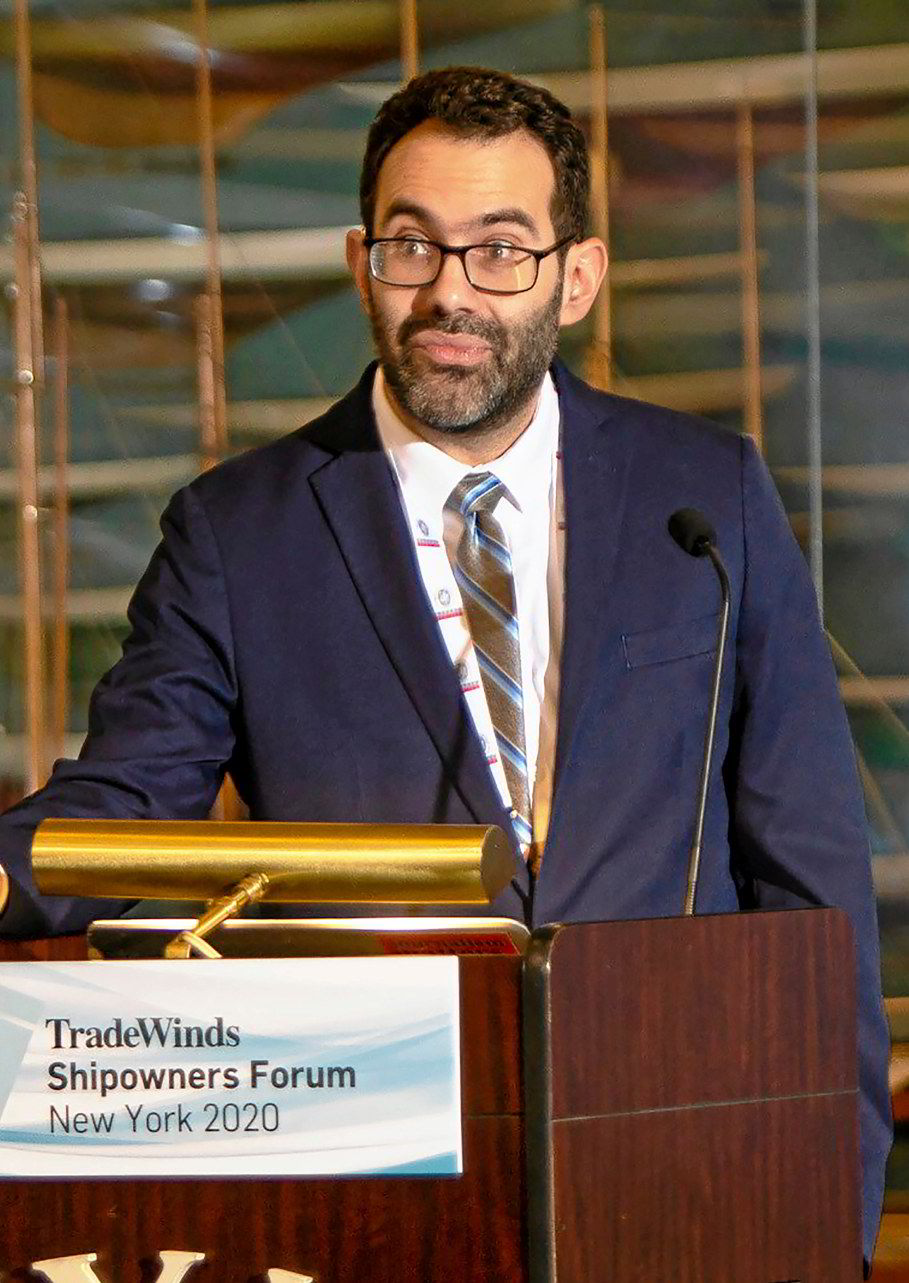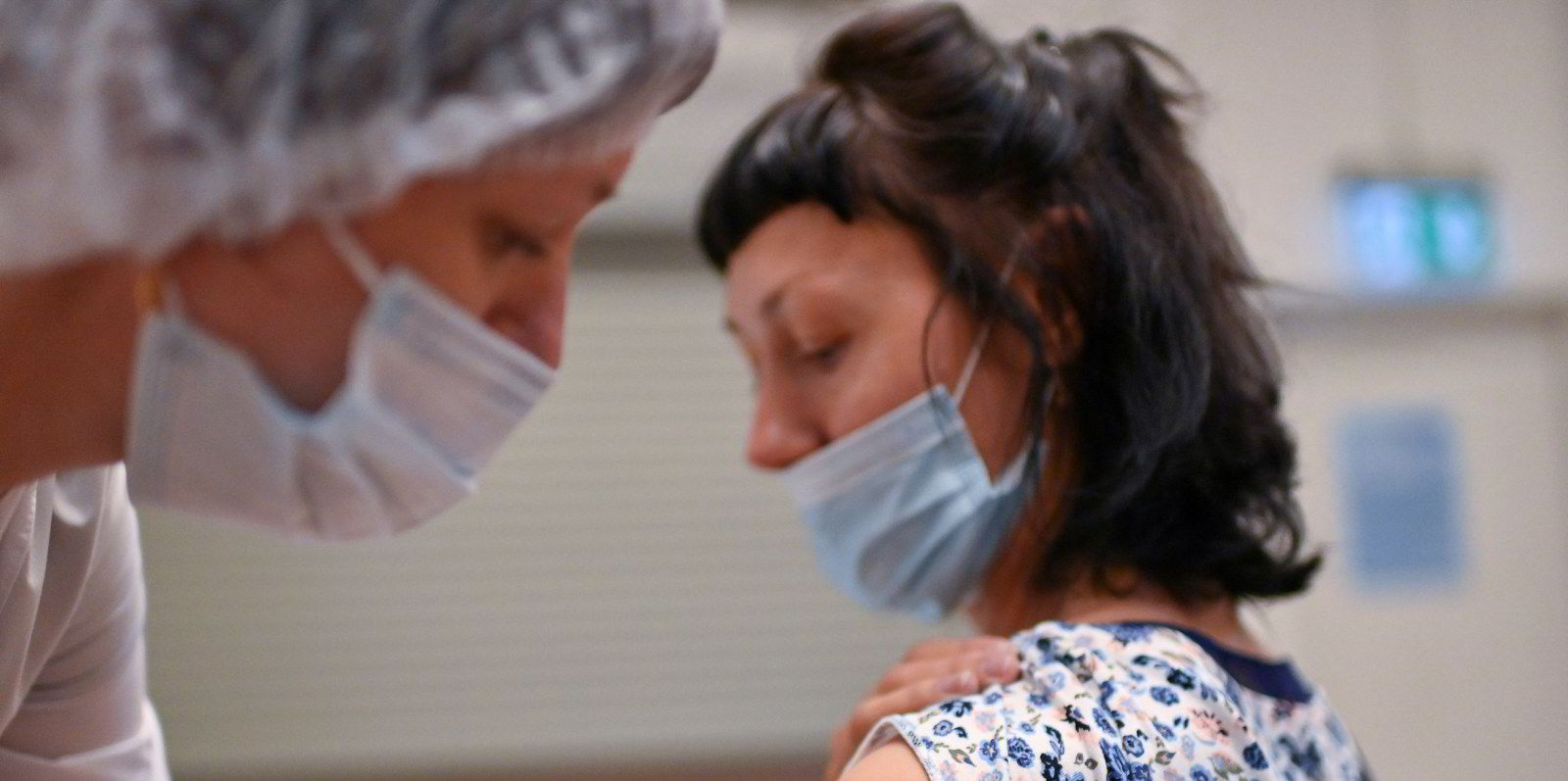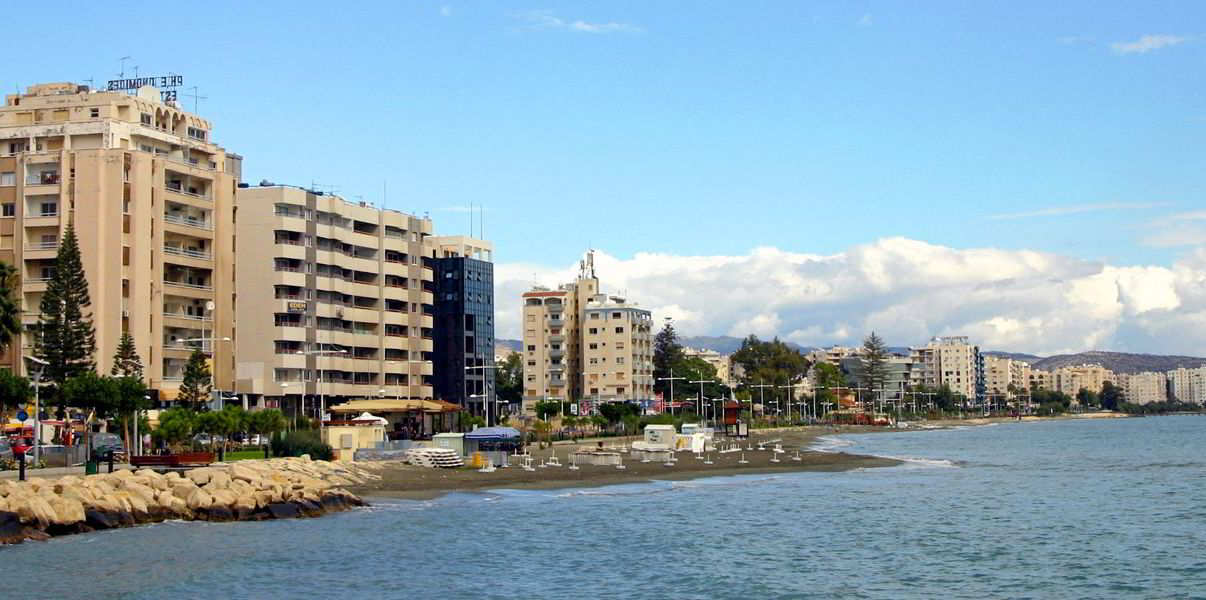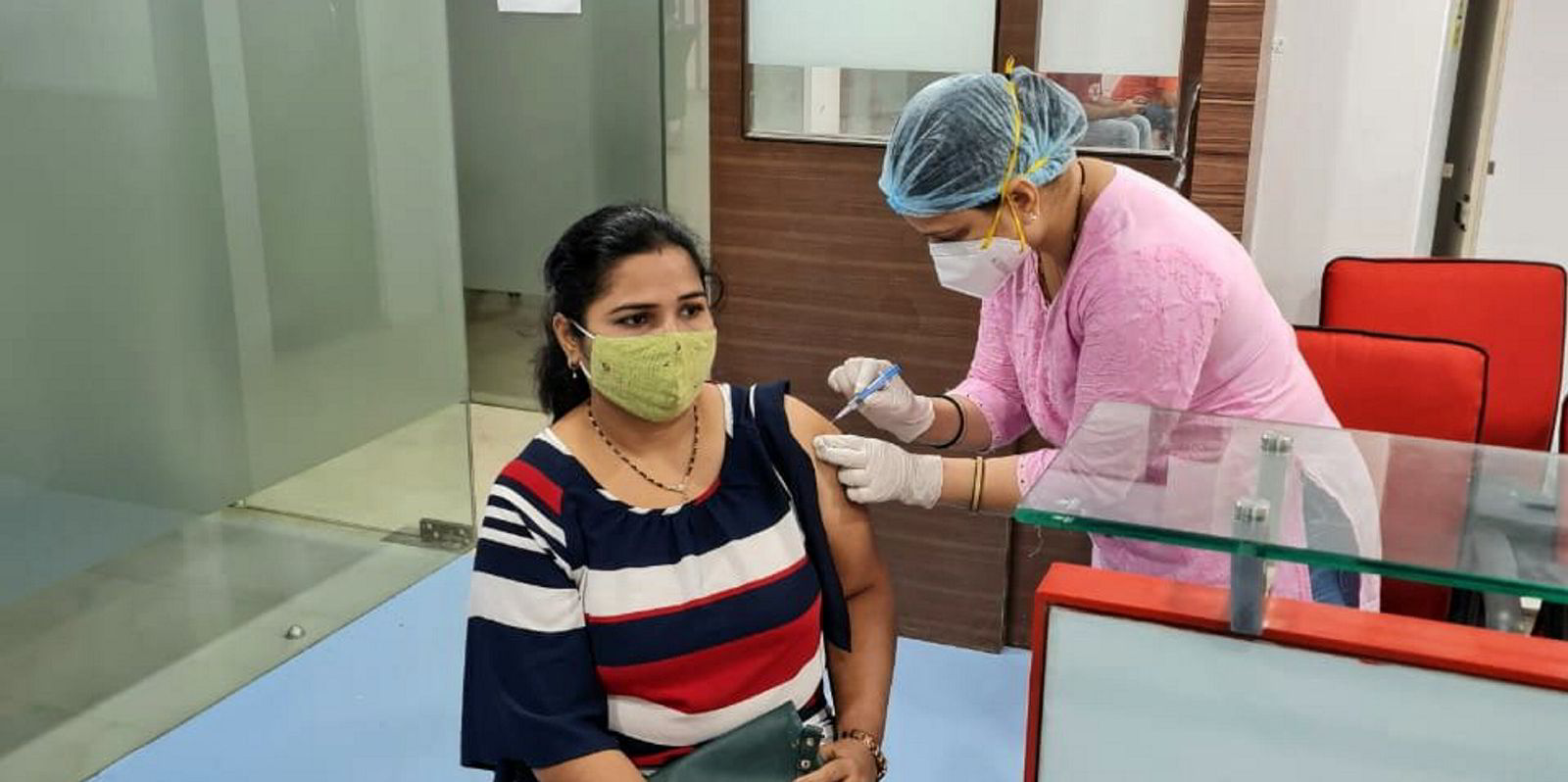Seafarers are at a disadvantage when it comes to vaccinating against the coronavirus. That is because there is a yawning gap between countries that are successfully rolling out Covid-19 jabs to their residents and those that are failing to or unable to do so, and the world's shipboard workers are at the wrong end of that gap.
Vaccine disparity
They tend to hail from countries where the roll-out of coronavirus vaccines has been woefully inadequate, even if they are recognised as key workers.

Worldwide, 39 doses of the Covid-19 jabs have been administered for every 100 people, according to the New York Times' vaccination tracker.
Put the world's five-largest providers of seafarer labour into that system and you see that every country except China — that is the Philippines, Russia, Ukraine and Indonesia — has delivered fewer than the global average.
The Philippines, which has the world's largest population of seafarers working in international shipping, has delivered 9.3 doses for every 100 people.
The German Shipowners' Association has estimated that out of 1.7m seafarers worldwide, about 900,000 come from countries where vaccinations are not widely available.
Contrasting seafarer-supplying nations with the world's five-largest importers of cargo — in which Japan is the only nation below the world average, according to the vaccine tracker — casts a spotlight on the winners and losers in the vaccine race.
The disparity is not surprising. Development of vaccines for Covid-19 has seen richer countries use the power of their wallets to get to the front of the vaccination queue, leaving the developing world behind.
Lack of a system
This is a system — or rather, the lack of system to vaccinate the poorer nations — that has failed seafarers, in addition to everyone else in those nations on the losing side.
The vaccine lag in seafaring nations comes at a time when the latest wave of the virus has taken several lives at sea, though shipping industry stakeholders have argued that they face more risk at home than on ships.
Ship managers largely agree that widespread vaccination is a key way to tackle the crew change crisis that continues to impact the industry.
While seafarer vaccination is improving, the ongoing difficulty in delivering jabs to seafarers is leading shipping groups to continue to call for them to be designated key workers, to put them closer to the front of the queue for jabs.
But this is not likely to be enough.
And private sector efforts to vaccinate seafarers globally have been stymied. For example, ship management association InterManager agreed a deal to buy 1m single-shot Covid-19 vaccines for seafarers but then found it was unable to place the $22m order because it was not a government and did not have the backing of one.
That is why it has been encouraging to see the growing patchwork of seafarer vaccination efforts in key hubs around the world.
The biggest drive is in the US, where states have opened up vaccines to seafarers and the North American Maritime Ministry Association and non-profit seafarer centres have been facilitating access.
In Germany, vaccinations for seafarers of any nationality became available at the Duckdalben International Seamen's Club on last Friday's Day of the Seafarer.
That is also when Cyprus launched a programme to give 40,000 doses to seafarers on any vessel linked to the country.
In India earlier this month, National Union of Seafarers of India started a programme aiming to offer 5,000 doses to seafarers and their families.
Belgium, Australia and the Netherlands have also started seafarer vaccine programmes.
These initiatives all deserve praise, and seafarers need more of them.
A global patchwork
A patchwork is slowly building on the shipping map. Given the challenges of global action, governments, companies and non-profit organisations should work together to open up vaccination opportunities wherever they can.
In the private sector, shipping companies need to do all they can to help their seafarers access the opportunities for jabs that do exist.
Ship operators need to create opportunities to vaccinate seafarers, even if it means changing schedules.
This will cost money, undoubtedly, but with all the praise of crew that we heard on Day of the Seafarer, surely it is a price worth paying.
This vaccination patchwork needs more patches — and it needs the ships to gravitate towards them.






